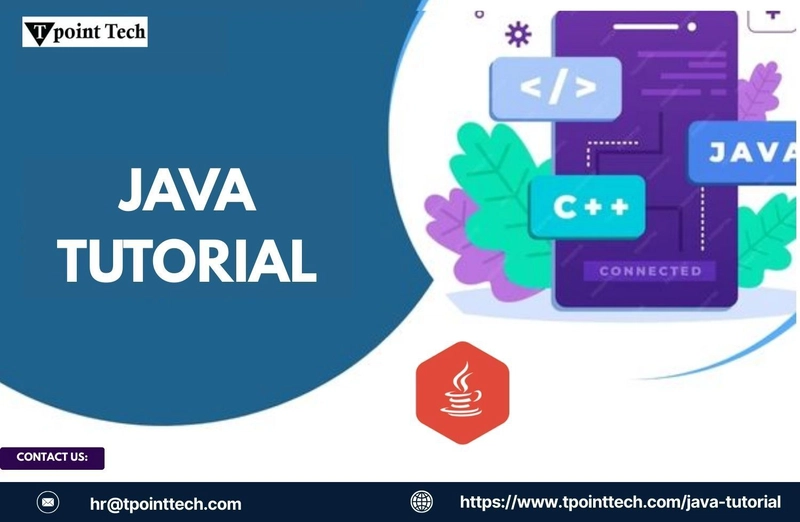Introduction
In programming, solving array-related problems efficiently is crucial, especially when working with large datasets. One such problem, known as the MinAvgTwoSlice problem, requires finding a contiguous slice in an array that has the smallest average, with a minimum length of two elements. This problem is particularly popular in coding interviews and competitive programming.
In this Java tutorial, we will explore how to approach this problem systematically. We will break it down into simple steps, understand its complexity, and implement an optimized solution in Java.
Understanding the MinAvgTwoSlice Problem
The MinAvgTwoSlice problem comes from the Codility lesson on prefix sums. Given an array A of N integers, the goal is to find the starting index of the slice (a contiguous subarray) that has the minimum average. The slice must have at least two elements.
For example, consider the array:
A = [4, 2, 2, 5, 1, 5, 8]
- The slice
[2, 2](from index 1 to 2) has an average of (2 + 2) / 2 = 2.0. - The slice
[5, 1](from index 3 to 4) has an average of (5 + 1) / 2 = 3.0. - The slice
[2, 2, 5](from index 1 to 3) has an average of (2 + 2 + 5) / 3 = 3.0.
The smallest average among valid slices is 2.0, occurring at index 1.
Efficient Approach to Solve MinAvgTwoSlice
Key Observations
-
Slices of Length 2 or 3 are Optimal
- Any larger slice of length ≥4 can be broken down into smaller slices with a potentially smaller average.
- This means we only need to check slices of length 2 and 3 instead of all possible slices.
-
Time Complexity Consideration
- A naive approach checking all slices would require O(N²) operations, which is inefficient for large
N. - The optimized solution runs in O(N) by iterating through the array once.
- A naive approach checking all slices would require O(N²) operations, which is inefficient for large
Java Implementation of MinAvgTwoSlice
Here’s the Java solution that efficiently calculates the minimum average slice:
public class MinAvgTwoSlice {
public static int findMinAvgSlice(int[] A) {
int N = A.length;
int minIndex = 0;
double minAvg = Double.MAX_VALUE;
// Iterate through the array to check slices of length 2 and 3
for (int i = 0; i < N - 1; i++) {
// Calculate 2-element slice average
double avg2 = (A[i] + A[i + 1]) / 2.0;
if (avg2 < minAvg) {
minAvg = avg2;
minIndex = i;
}
// Check 3-element slice if possible
if (i < N - 2) {
double avg3 = (A[i] + A[i + 1] + A[i + 2]) / 3.0;
if (avg3 < minAvg) {
minAvg = avg3;
minIndex = i;
}
}
}
return minIndex;
}
public static void main(String[] args) {
int[] A = {4, 2, 2, 5, 1, 5, 8};
System.out.println("The minimum average slice starts at index: " + findMinAvgSlice(A));
}
}
Explanation of the Code
-
Initialize Variables:
-
minIndexstores the starting index of the smallest average slice. -
minAvgkeeps track of the minimum average found.
-
-
Iterate Through the Array:
- Check every two-element slice
[A[i], A[i+1]]. - Check every three-element slice
[A[i], A[i+1], A[i+2]](if possible). - Update
minAvgandminIndexif a lower average is found.
- Check every two-element slice
Return the Starting Index of the Minimum Average Slice.
Time Complexity Analysis
-
Loop Complexity: The loop runs from
0toN-1, checking at most two conditions per iteration. - Overall Complexity: O(N) (Linear Time).
This efficient solution ensures that even for large inputs (e.g., N = 100,000), the program runs smoothly.
Example Walkthrough
Input:
A = [4, 2, 2, 5, 1, 5, 8]
Step-by-Step Calculation:
| Slice | Average | MinAvg Update? | Index Update? |
|---|---|---|---|
| [4, 2] | 3.0 | ✅ Yes | 0 → 1 |
| [2, 2] | 2.0 | ✅ Yes | 1 |
| [2, 5] | 3.5 | ❌ No | - |
| [5, 1] | 3.0 | ❌ No | - |
| [1, 5] | 3.0 | ❌ No | - |
| [5, 8] | 6.5 | ❌ No | - |
Final Output:
The minimum average slice starts at index: 1
Conclusion
The MinAvgTwoSlice problem is an excellent example of how understanding mathematical properties can optimize algorithms. Instead of checking all slices (which is slow), we leverage the property that optimal slices are of length 2 or 3.
This Java tutorial provided a step-by-step approach to solving this problem efficiently, with a well-structured and optimized Java solution. Whether you're preparing for a coding interview or improving your algorithm skills, mastering this type of problem will boost your programming proficiency.



Top comments (0)